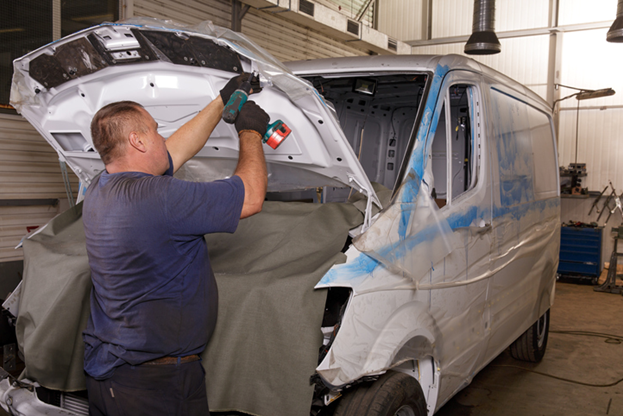Ready for a New Career in Auto Body Repair? 4 Things You Should Know about Working as an Aftermarket Installer

When a car is involved in a collision, auto body technicians have a wide array of tools and techniques at their disposal to help them bend, buff, and repaint it to look like new again. In some cases, however, the damage to a part might be too great to repair, and it will need to be replaced entirely.
This is where the distinction between Original Equipment Manufacturer (OEM) parts and aftermarket parts becomes important. OEM parts, also sometimes known as factory parts, are parts that are made by a car’s original manufacturer, and are identical to the parts being replaced. When repairing a car at a dealership, these will generally be the only type of parts used, but in other repair shops, aftermarket parts are commonly used as well. These are parts that are manufactured not by the original carmaker, but by some other unaffiliated company.
If you’re looking to enter the field of auto body repair, then working in an auto body shop doing installations with aftermarket parts can be a great way to build a rewarding long-term career. Here’s what you should know.
Aftermarket Parts Can Save Customers a Lot of Money
One of the big reasons that aftermarket parts are so popular is that they’re often simply much cheaper than their OEM equivalents, although the exact savings will vary widely by brand. While this deep discount used to be for good reason—because many aftermarket parts were of poorer quality and offered no warranties—this is no longer the case, with many aftermarket parts equalling or even exceeding the quality of their OEM equivalents.
This competitive pricing is also why insurance companies sometimes mandate or request that repairs are completed with aftermarket parts, in order to keep costs down.
Aftermarket Parts Can Present Challenges When it Comes to Auto Body Repair
While aftermarket parts are more cost-effective, there are sometimes issues with using them instead of OEM parts, particularly with regards to exterior elements like body panels. Since they’re only imitations of original parts, or generic parts made to fit a variety of models, they may not be identical to the panel being replaced, and the mounting holes may not align as well, resulting in a mismatched look and unsightly gaps. For this reason, students in auto repair training know that it’s important to be particularly careful when using aftermarket replacements for auto body parts.
Be Mindful of Warranties in Your Career in Auto Body Repair
In some cases, using aftermarket parts can void a car’s warranty, so this is likely something that customers will want to investigate before committing. Many aftermarket parts, however, come with their own warranties, which in some cases might even be superior to the warranty offered by the original manufacturer, so in your career in auto body repair, you might find that the suitability of aftermarket parts varies on a case-by-case basis.
Using Aftermarket Parts Can Affect the Value of a Car
While aftermarket parts can sometimes increase the value of a vehicle, they can also decrease it. If the use of aftermarket auto body parts negatively impacts the aesthetics of a vehicle, for example, this can drag the value of a vehicle down. This is another reason why it’s important to do your research when using aftermarket parts and make sure they match the exact look and specifications that you need.

Are you interested in pursuing a career as an auto body technician?
Contact Automotive Training Centres for more information about our car body repair courses.

